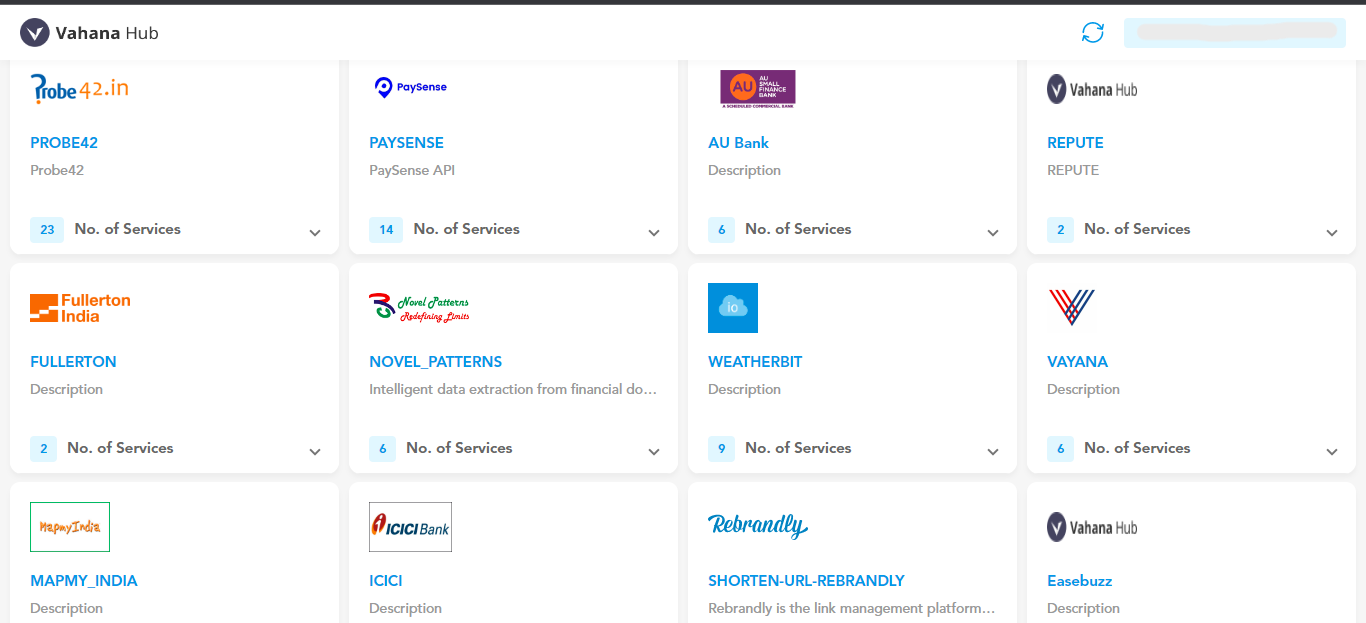Productivity is one of the key things that any CIO looks at when making key decisions about their team. Moreover, no-code tools act as a helping hand for the developers in improving productivity. But what is the right way to measure a developer’s effort in comparison to their output and impact on the organization?
Table of Contents
ToggleIn this blog, we look at the factors and metrics that help to capture developer productivity, and how no-code tools like Vahana Cloud can contribute to improving them.
What is Developer Productivity?
Developer productivity measures the efficacy with which a developer delivers the required application or feature within a certain timeline. It compares the energy they input with the results they receive to determine efficiency in the development process.
Measuring productivity for developers is just as important as measuring the effectiveness of a sales team. It can help to create an efficient team, improve team dynamics, and determine whether the team is optimally staffed.
By identifying areas for improvement and implementing plans to enhance productivity, you can create a more motivated team and, hence, deliver better results for the organization.
Ways in Which Developer Productivity is Measured
Productivity metrics have evolved with time. As HR managers looked harder and deeper into the problem of making their coding teams deliver better and faster outcomes, the means to measure their efficiency levels also improved.
Measuring Delivery
Some of the older and more primitive methods (that are still in use in many places) are:
- Man hours
- Lines of code
- Number of commits
- Task completion
- Bug fixes
- Code reviews
- Pull requests
All of them have a very simple and fatal flaw: they don’t actually measure the quality of delivery. They can easily be “gamed” by someone who understands the system. And unfortunately, the focus of these measures is often on delivery, rather than quality, which creates a much bigger problem of technical debt.
Measuring Excellence
Some of the more advanced measures that have been adopted in recent years include parameters like mean time to recovery (MTTR), lead time to failure, and change failure rate.
These measures attempt to enumerate the instances of code failure and how quickly the system is back up and running after an incident occurs. In a way, they are looking at excellence in application delivery rather than simply getting the job done on time.
The SPACE Framework
Nicole Forsgren, a partner at Microsoft Research, and her team of researchers from both GitHub and MS have designed a new framework that encapsulates broader parameters to measure developer productivity. This is the so-called SPACE model, which is an acronym for the following:
- Satisfaction and well-being
- Performance
- Activity
- Communication and Collaboration
- Efficiency and flow
This is not a list of metrics per se, but rather a tool to help managers measure productivity improvements. It brings in people-centric factors such as work culture, job satisfaction, collaborative spirit, and so on.
The Problem With Measuring Productivity
One of the core issues that lie in each of the above frameworks (less to some extent in the SPACE framework) is that they are trying to put the entire onus of productivity on the developer. Secondly, they often assume that the only thing developers do in the office is code, whereas studies suggest that a lot of time is spent on CI/CD activities.
Lastly, it ignores that coding has become a very complex task today. It requires much more than simply understanding a single platform or tool. Instead, developers have to contend with a huge number of APIs and integrations, understand multi-cloud services, and so on.
How can Vahana Cloud: No-Code Tool help Maximize Developer Productivity?
A developer velocity study done by McKinsey in 2020 identified that access to the right tools is one of the most strongly correlated variables with productivity. It’s no surprise, then, that a tool like Vahana Cloud, which helps automate most of the mundane tasks of coding, is useful for maximizing this metric.
Here are some of the important ways in which Vahana Cloud helps make life easier (and more productive) for developers:
Visual, Drag and Drop Development
Vahana Cloud has one of the most robust libraries of drag-and-drop widgets and apps that can make life very simple for any developer. Imagine creating a graphical user interface in minutes by simply pushing a few buttons to put together the app or webpage that you want, instead of laboring over it for hours using style sheets and good old coding!
More than just the front-end, you can even connect the back-end and make a fully functional app in a matter of minutes. On top of that, Vahana’s widgets are completely customizable by making a few simple modifications to the underlying code.
Vahana Hub – API Integration at Your Fingertips

We mentioned earlier how API integration is a major challenge for developers and eats into their productivity. Vahana Cloud understands this problem very well, which is why we have created Vahana Hub – a single-point interface for all your API integration needs.
Developers simply need to click on subscribe, and the necessary API is ready to use within the platform in a matter of minutes. Here are some of the services that developers can access from Vahana Hub.
- Contact Verification,
- VideoKYC,
- E-KYC services,
- Financial analysis for entities,
- Bank statement analysis,
- Risk management,
- Multi-channel communication platforms,
- Vehicle verification,
- E-Signatures,
- Credit health check,
- Live location and history
- E-services such as eNACH/eMandate
More are being added every day.
Also Read: Vahana Hub: The API marketplace for every business, every Industry
Reusable Components of No-Code Tools
Reinventing the wheel is a problem that every coder has experienced at some point in their journey. Vahana Cloud ensures that you will never have to worry about writing code for something that has already been done and dusted. That’s why it has a host of functionality, components, and features that can be reused at the push of a button.
And if a little bit of customization is needed to make it work in a particular instance, the platform can easily be extended by creating the necessary code and simply rolling it into the existing component.
DevOps Tools
Vahana Cloud is not just a no-code platform – it is a complete development environment in itself. Teams can build entire products and apps on Vahana Cloud without ever needing to leave the platform. It includes all the capabilities needed, from development to testing and deployment, monitoring, and even CI/CD.
Rapid Prototyping
With Vahana Cloud’s easy visualization tools, making mockups for the target audience is a simple task. This helps to massively cut down the time spent on prototyping and improves the quality of the final product as well. With better, faster, and richer feedback available to coders, ensuring that the app meets all the necessary functionality requirements is a lot easier.
Conclusion
In all, Vahana Cloud offers a suite of tools, widgets, ready-to-use components, API integrations, and a complete development platform to developer teams. It cuts down on the time spent on trivial work and helps coders spend more time on developing better and more fruitful applications instead.
Frequently Asked Questions
- What is a No-Code tool?
A no-code tool is a platform that allows you to build applications without writing any code. They typically use a drag-and-drop interface and visual components to make development accessible to people with no coding experience.
- Who can benefit from using no-code tools?
No-code tools can be beneficial for a variety of users, including citizen developers, business analysts, and even professional developers who want to prototype applications quickly.
- What are the limitations of no-code tools?
No-code tools may not be suitable for building very complex applications. However, no-code tools are in their infancy stage and are constantly evolving. So, we might see these limitations overcome in the coming future.
